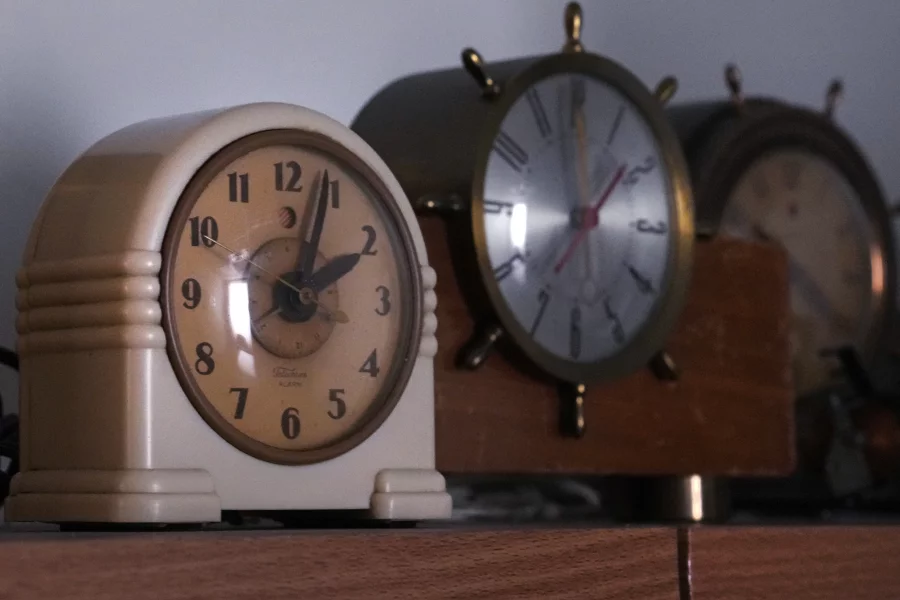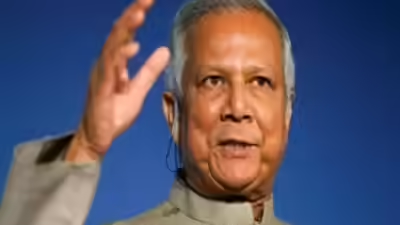
Millions of Americans will set their clocks back one hour at 2 a.m. on Sunday as daylight saving time officially ends across most of the United States. The shift marks the return to standard time, bringing earlier sunrises, darker evenings, and another round of debate over whether the country should continue changing its clocks twice a year.
Only two states , Hawaii and most of Arizona , skip the biannual adjustment, along with U.S. territories including Puerto Rico, Guam, the Virgin Islands, American Samoa, and the Northern Mariana Islands. Everywhere else, residents will enjoy an extra hour of sleep but face shorter daylight hours as winter approaches.
Debate Over Permanent Time Change Rekindles
The end of daylight saving time reignites a long-running national argument: should America stop switching its clocks altogether? Polls show most adults want change. A recent nationwide survey found that over half of Americans favor making daylight saving time permanent, while a smaller group prefers keeping standard time year-round. Only a small minority support the current twice-yearly schedule.
READ ALSO: Trump Orders U.S. Military to ‘Prepare for Possible Action’ in Nigeria
Federal law, however, prevents individual states from making daylight saving time permanent without congressional approval. Nineteen states have already passed laws supporting the switch, but they cannot take effect unless Congress acts.
Efforts to make daylight saving time permanent have repeatedly stalled in Washington. The latest proposal , known as the Sunshine Protection Act was reintroduced this year with bipartisan support but was blocked again in the Senate. Critics argue that a year-round daylight saving schedule would delay winter sunrises, forcing millions to start their mornings in darkness.
Supporters, including President Donald Trump, have urged Congress to “push hard for more daylight at the end of a day,” saying it would benefit families, businesses, and outdoor activities. Opponents counter that darker winter mornings could increase safety risks and disrupt children’s school schedules.
Health and Lifestyle Impacts
Experts continue to warn that the semiannual time change can disrupt circadian rhythms, sleep patterns, and even cardiovascular health. Research suggests that maintaining a consistent schedule , whether on standard or daylight saving time is better for long-term well-being.
Advocates for ending the clock change say that permanent daylight saving time could promote evening recreation and reduce energy consumption, while others insist that permanent standard time aligns more closely with natural daylight cycles and human biology.
As the nation adjusts its clocks this weekend, the broader question remains unresolved: should the United States finally stop changing time? For now, Americans will wake up to lighter mornings, darker evenings, and another reminder of a debate that shows no signs of ending soon.




